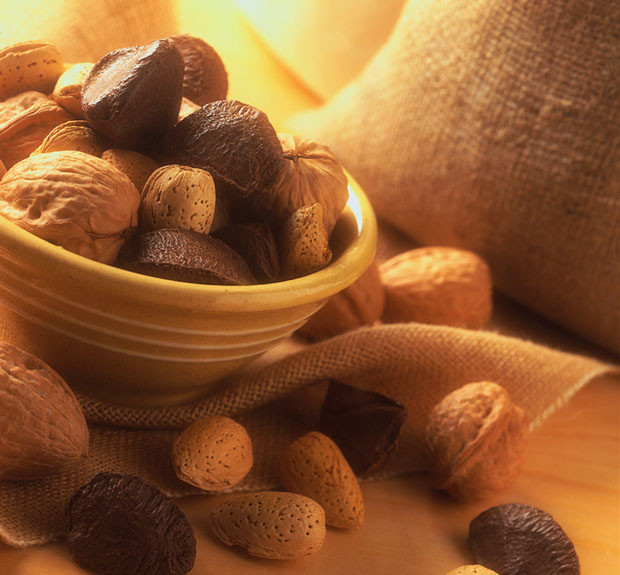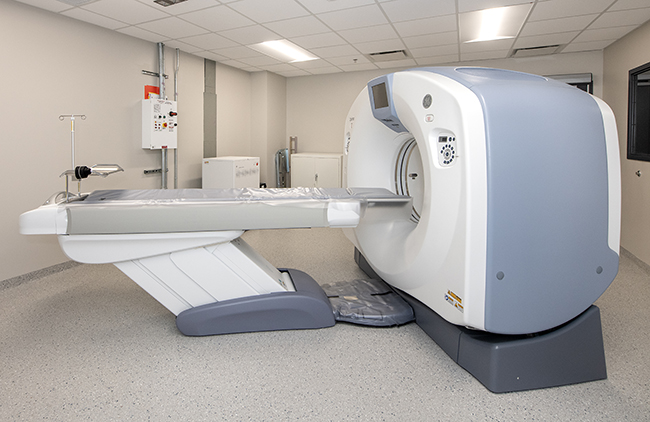Going Gluten Free
03 Aug 2013
Is a gluten free diet healthy for you?
By EDNA COX RICE, RD, CSG, LD

A decade ago, the majority of us had never even heard of “gluten”. Today, the prevalence of gluten intolerance or gluten sensitivity has dramatically increased. One in 133 people are diagnosed with celiac disease. Since 2003 the sales of gluten free cookbooks and gluten free foods is generating a $2.6 billion industry.
What is Gluten, exactly? Gluten is a protein found in many grains such as wheat, rye, and barley. Gluten is the ingredient that makes pizza dough stretchy, gives bread a spongy texture, and thickens soups and stews. Gluten is in most breads, crackers, pasta – regardless of the shape, and desserts such as cookies, cakes, pies, puddings and some candy bars. Surprisingly, it’s also found in soups, sauces – soy and teriyaki, and many salad dressings. Two commonly used, hidden sources of gluten are malt (made from barley) and hydrolyzed vegetable protein (often contains wheat).
Why go Gluten Free? Most people can eat gluten. For those with a gluten allergy or celiac disease, gluten free becomes a way of life. Celiac disease is a genetic disorder. It is thought that 2.5 million people have celiac disease, despite increased testing only 150,000 are diagnosed. The symptoms of celiac disease are many and varied, including chronic diarrhea, unintended weight loss, unexplained anemia, fatigue, bone and joint pain, and in children - failure to grow. If left untreated, this disorder can damage the intestines and cause long term problems. For individuals that have seen a physician and been tested for celiac disease, even a crumb can make their immune system respond dramatically.
Eating Right with Gluten Intolerance
- Read food labels carefully.
- Look for gluten free grains, flour, and food products in food stores.
- Pack gluten free foods if eating away from home.
- Read restaurant menus carefully and ask the chef about recipe ingredients.
- Choose fresh, whole foods and ingredients. Many processed foods include gluten-containing ingredients.
Nonceliac Gluten Sensitivity is another problem on the rise. The symptoms are similar to celiac disease – stomach cramps, diarrhea, bloating – but are not as dramatic and will not damage the intestines. Avoiding gluten “most” of the time can improve these symptoms. Some individuals experiencing conditions such as migraines, depression, fibromyalgia, and chronic fatigue syndrome have found relief following a gluten free diet; but this does not work for everyone.
Gluten Free the latest ticket to weight loss? Many people are on the gluten free bandwagon to lose weight. Does it work? Weight loss might occur for some due to healthier food choices. Most desserts, breaded and fried foods are avoided, and they are less likely to overeat with fewer choices. But if gluten free products are substituted it can increase caloric intake. Without gluten to bind the foods together, fat and sugar are increased and used to increase flavor. A few pretzels may be only 110 calories, but the same portion of gluten free pretzels may provide 150 calories or more. Gluten free foods may be higher in carbohydrates, fats and sodium.
The feel – good effect of gluten free eating could be due to simple mindful eating rather than gluten avoidance. By eliminating processed foods and increasing whole foods like veggies, fruits, beans and other non-gluten grains, you’ll feel healthier, happier and lighter – whether your system can tolerate gluten or not.
Additional Resources:
Celiac Disease Foundation (CDF) www.celiac.org
Gluten Intolerance Group (GIG) www.gluten.net
Recipe Exchange: www.glutenfreedom.com; www.glutenfreerecipes.org














